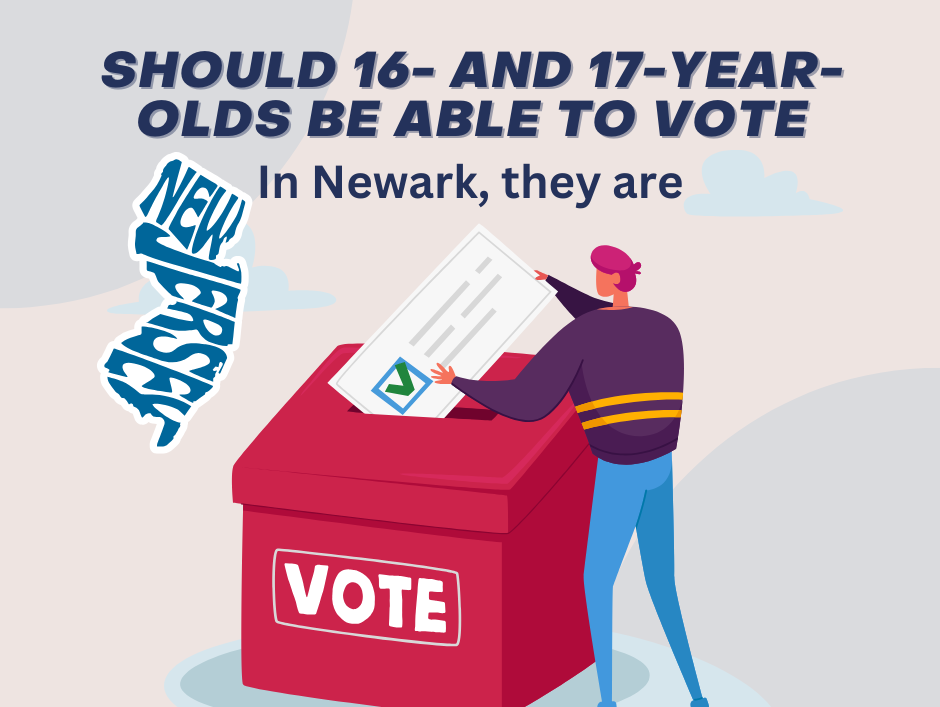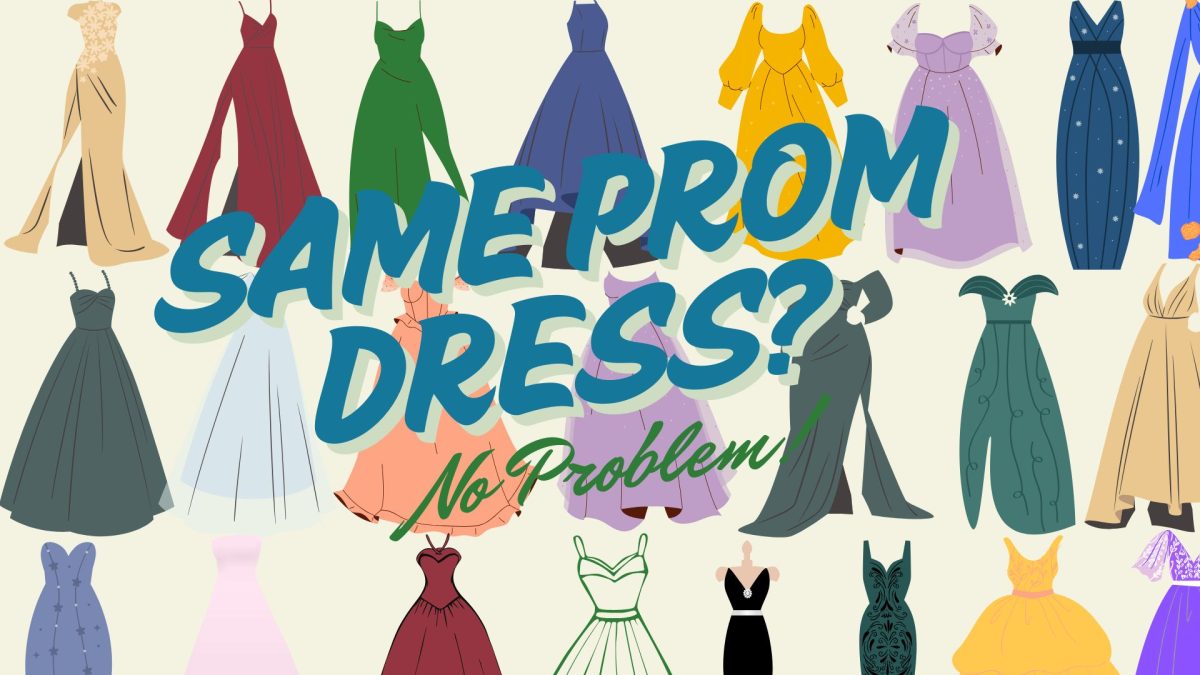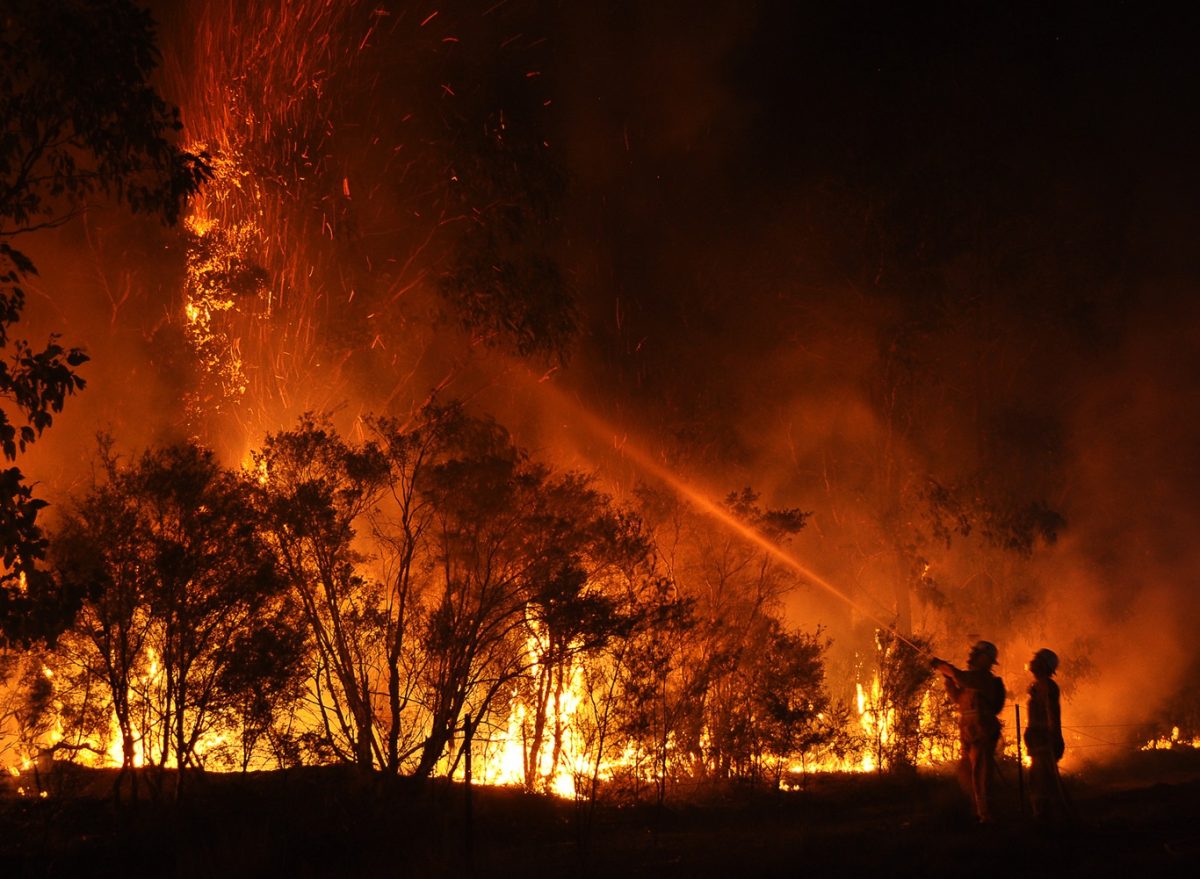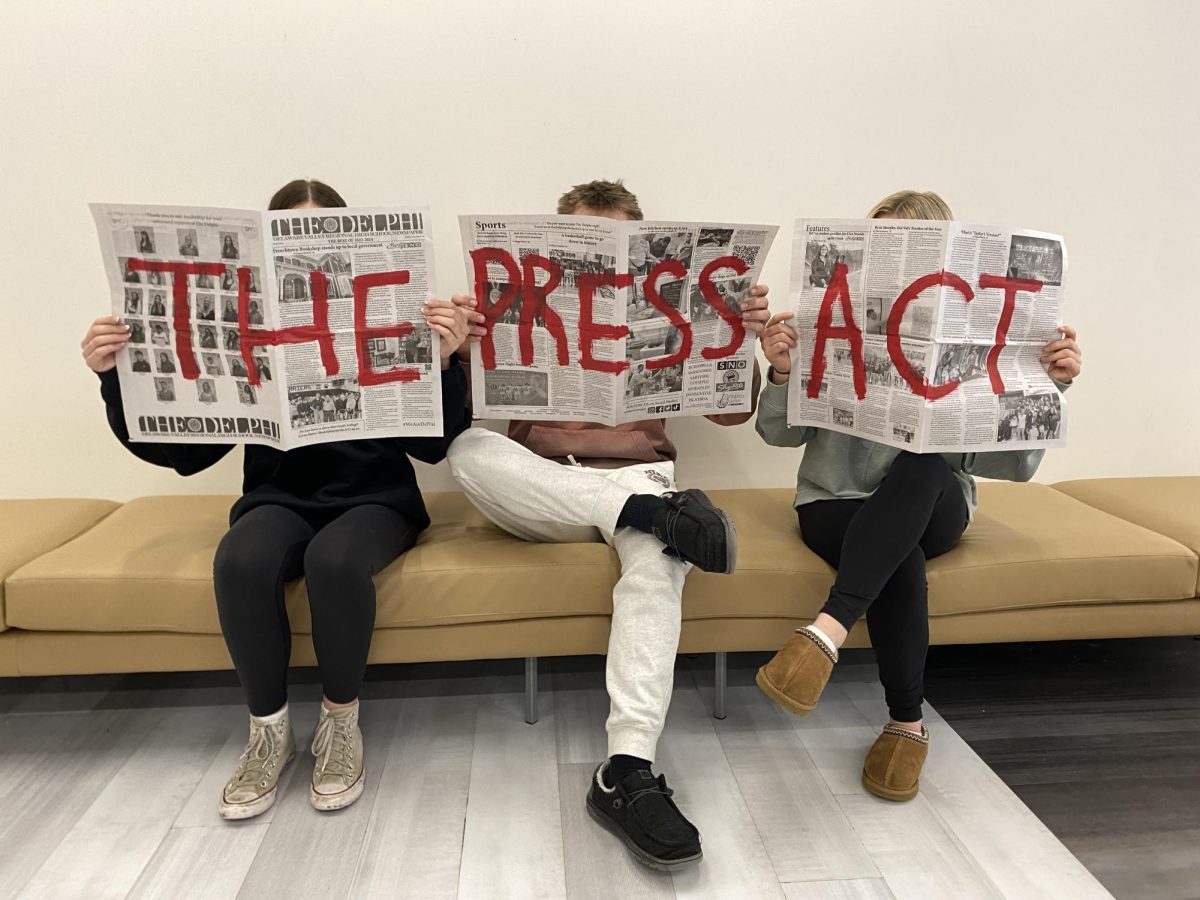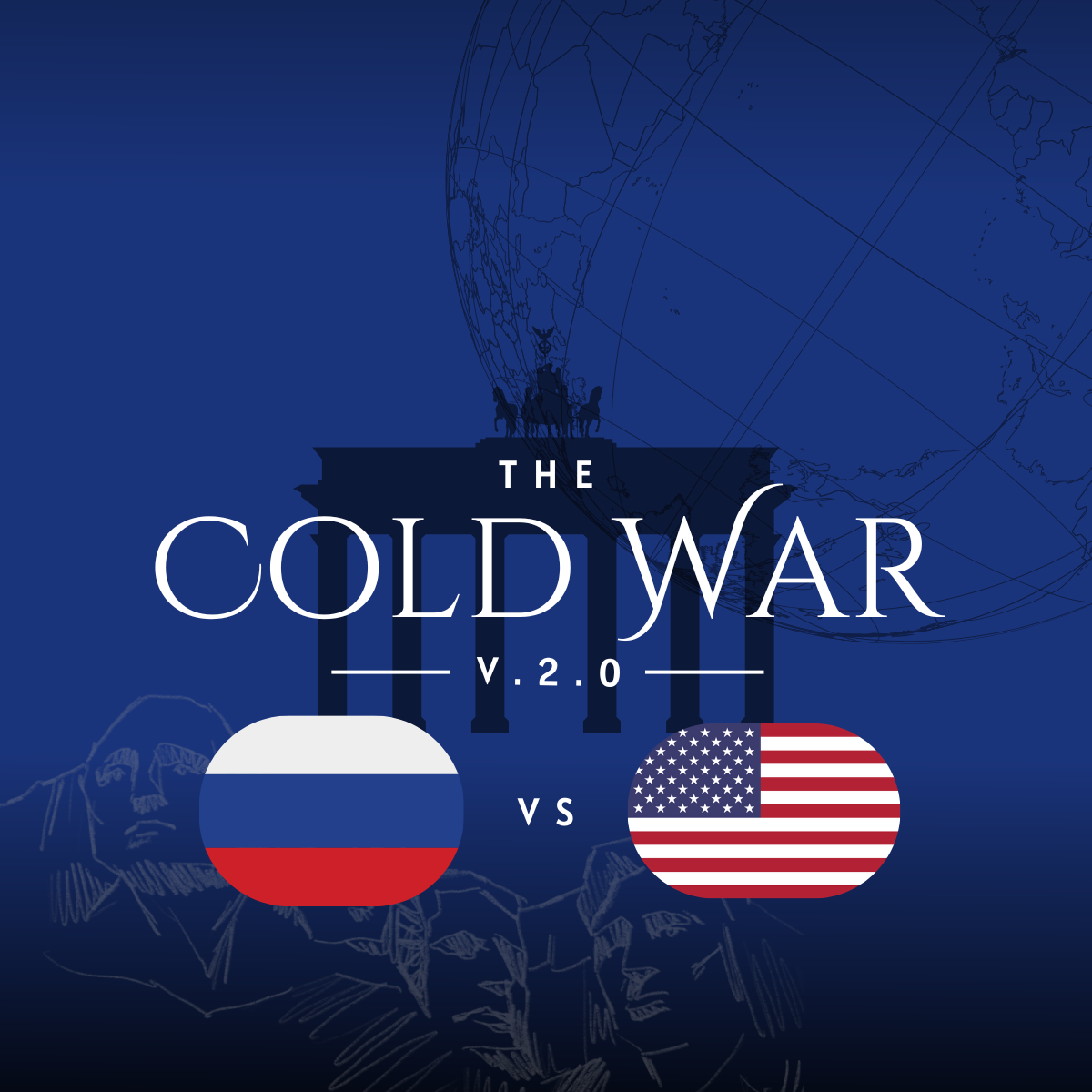
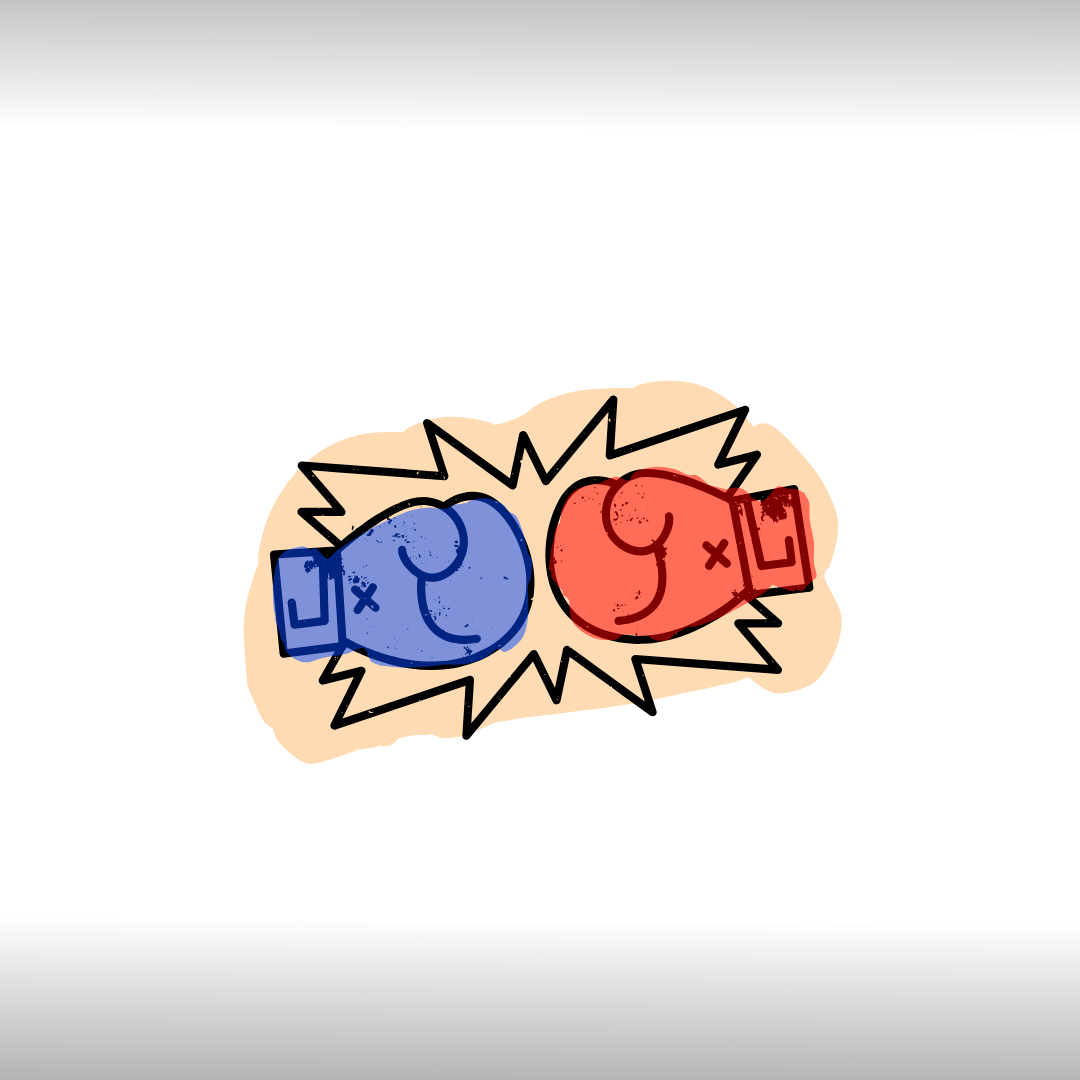
During the 21st century, there has been a questioning of democracy throughout the world. Authoritarianism has made its second appearance in the trending ideas for dictators. The resurgence has caused commotion throughout the world by sparking the 21st century’s take on a Cold War.
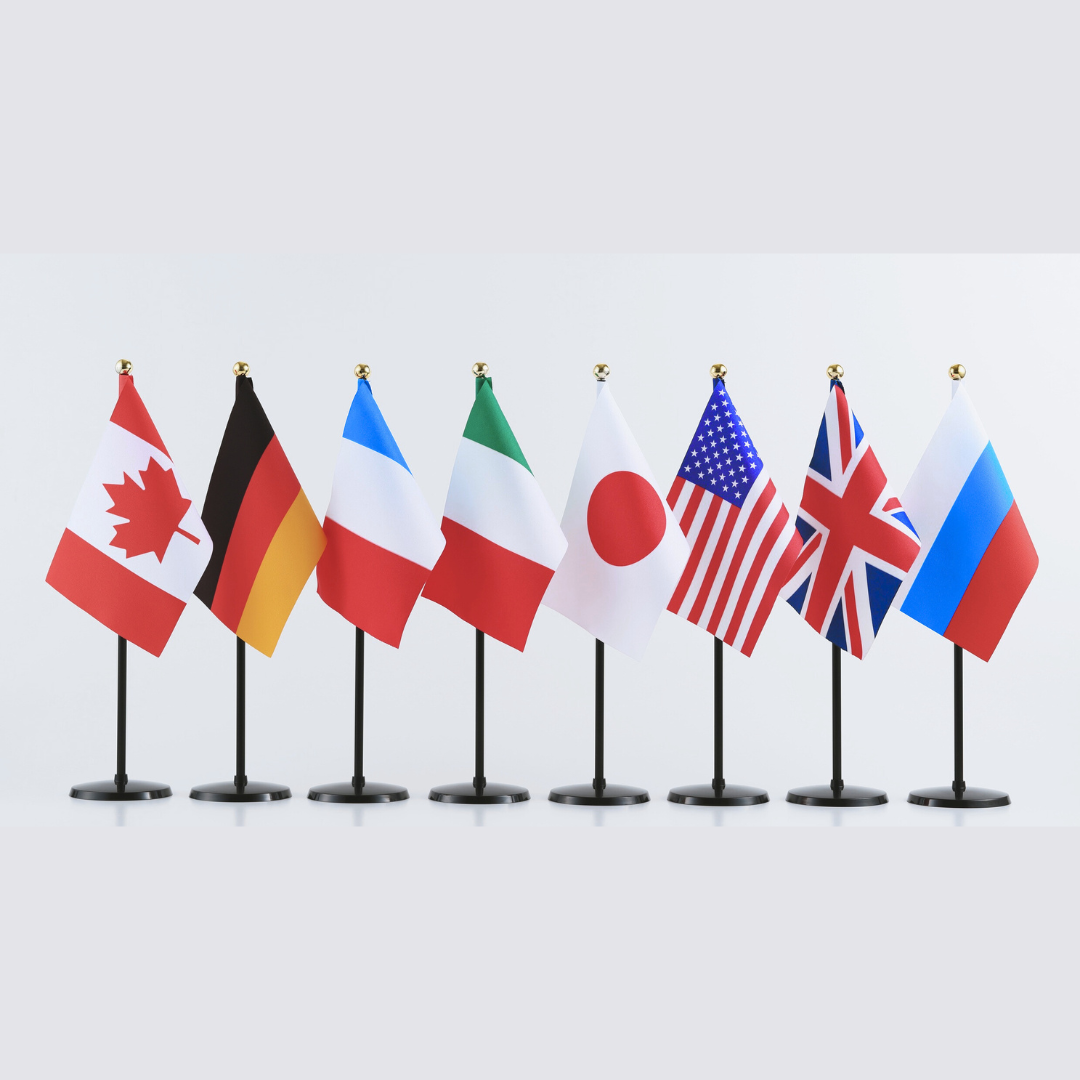
Following the surrender of Nazi Germany in May 1945, the alliance between the United States, Great Britain and the Soviet Union began to deteriorate at an exponential rate. By 1948, a result of worsening relations between the countries, the USSR established left-wing governments in some Eastern European countries. These governments were operated by the Red Army.
Due to the amount of control the Soviets had in Europe, the European states that remained grew more worrisome about their own countries being taken over by Joseph Stalin, the leader of the USSR.
During this time, Germany focused on rebuilding its country. The people of the country quickly became appeased by the idea of living in a communist society because everyone was given a house to live in, food to eat, a job and clothes to wear. However, the United States noticed something they didn’t: the Soviets would easily be able to manipulate Germany and take control of the country if they followed through with this communist economic system.
As a result, the U.S. devised and developed the Marshall Plan, which was a plan that gave Germany billions of dollars in aid to help them rebuild and restore their country. It also prevented the USSR from expanding into Germany.
From their aid, American influence quickly spread throughout all of Europe. The Marshall Plan marked the beginning of the geopolitical battle, or the Cold War, between the USSR and the U.S., because it was a capitalist society and values versus the layout for a communist economy.
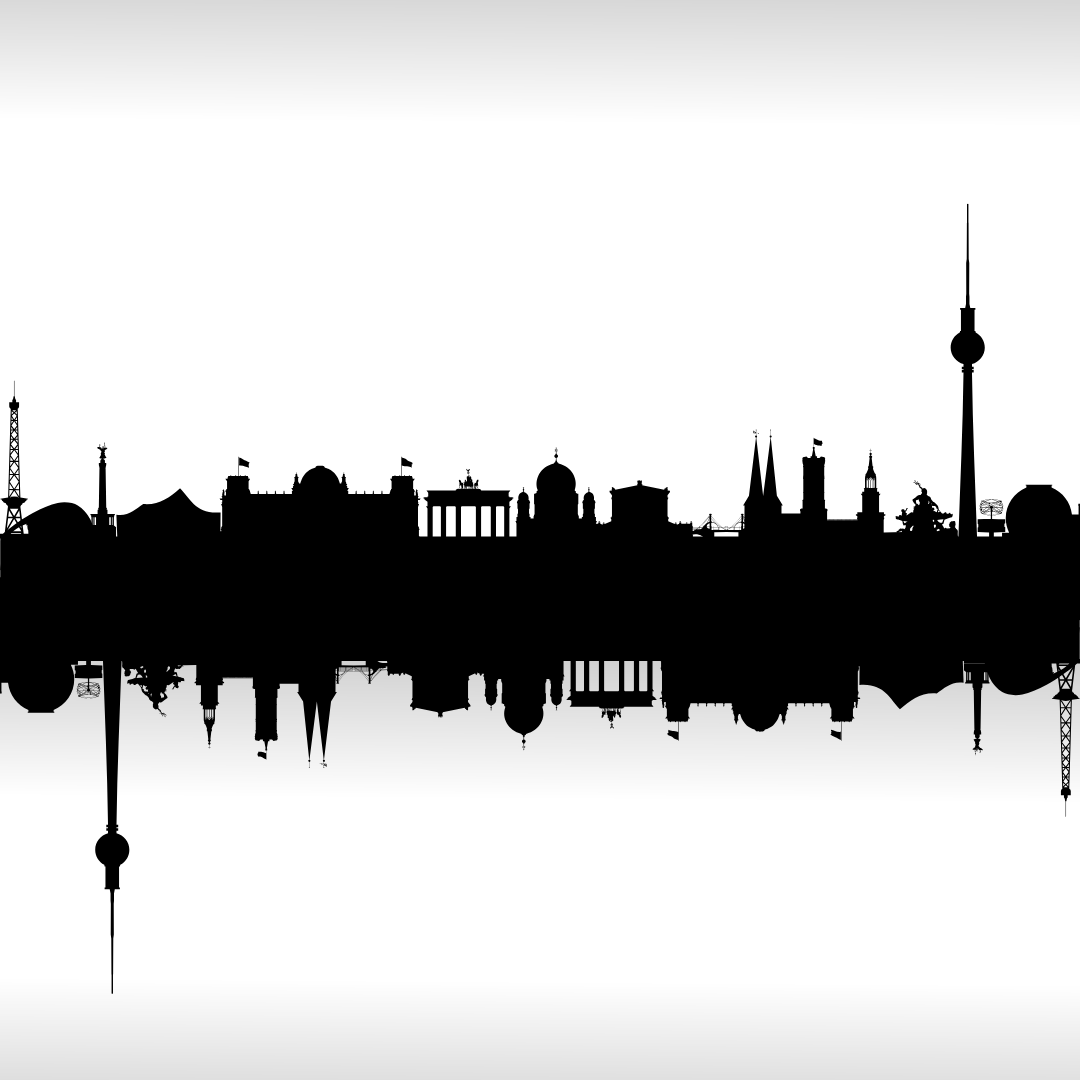
The Cold War was a geo-political war between the Soviet Union and the United States lasting from 1947 to 1991. The war was largely a standoff, lacking many battles between the two sides: East Germany versus West Germany and their respective allies.
Tensions rose as soviet expansion spread Korea, and the Korean War broke out in 1950 when the north invaded the south. The Soviets supported the North while the US backed the South.
Yet, due to the endless list of horrifying concerns about the Soviets taking over the world with communism, the U.S. president, Harry S. Truman, decided to send American troops into Korea. However, when Truman did this, the war resulted in a stalemate nearly three years later.
In 1955, the United States, the United Kingdom, Italy, West Germany and Canada were the major countries who founded the North Atlantic Treaty Organization to prevent USSR expansion. In response to NATO’s creation, the Soviets created the Atlantic Pact. The main countries of this pact were the USSR, Poland, Hungary, Romania, Bulgaria, Czechoslovakia and East Germany.
Other international disputes that broke out during the 1960s included the Cuban Missile Crisis and the Bay of Pigs Invasion. These international conflicts made the world aware that there was a possible colonial Third World War occurring as a result of the spread of communism.
As it began to approach the heart of the war, in 1961, the infamous Berlin Wall was built in the dead center of the city of Berlin, Germany, splitting the country up into two separate halves, backed by two different countries. West Germany was supported by NATO, and primarily the United States, while East Germany was aided by the USSR and members of the Warsaw Pact, which was the Russian version of NATO.
The wall was constructed and set into place for 28 years as a result of how East Germany’s economy was doing throughout the years 1949-1961.
During this time period, East Germany was losing vital contributors to their society: intelligent individuals. Intelligent individuals supplied the country with not only wealth, but they also educated others. However, East Germany was losing these individuals rapidly, because of their brightness, they realized life was much better in West Germany.
As East Germany was growing desperate to find a quick solution that would prevent all of the top contributors to their society from leaving the country, East Germany and the USSR constructed and built from the ground up. The wall was almost entirely impossible to escape due to the amount of guards that stood around the wall, its height, and the large amount of barbed wire that was placed at the top of the wall. However, most people who wanted to escape found a way to; many would dig holes underground that led to the other side of the wall.
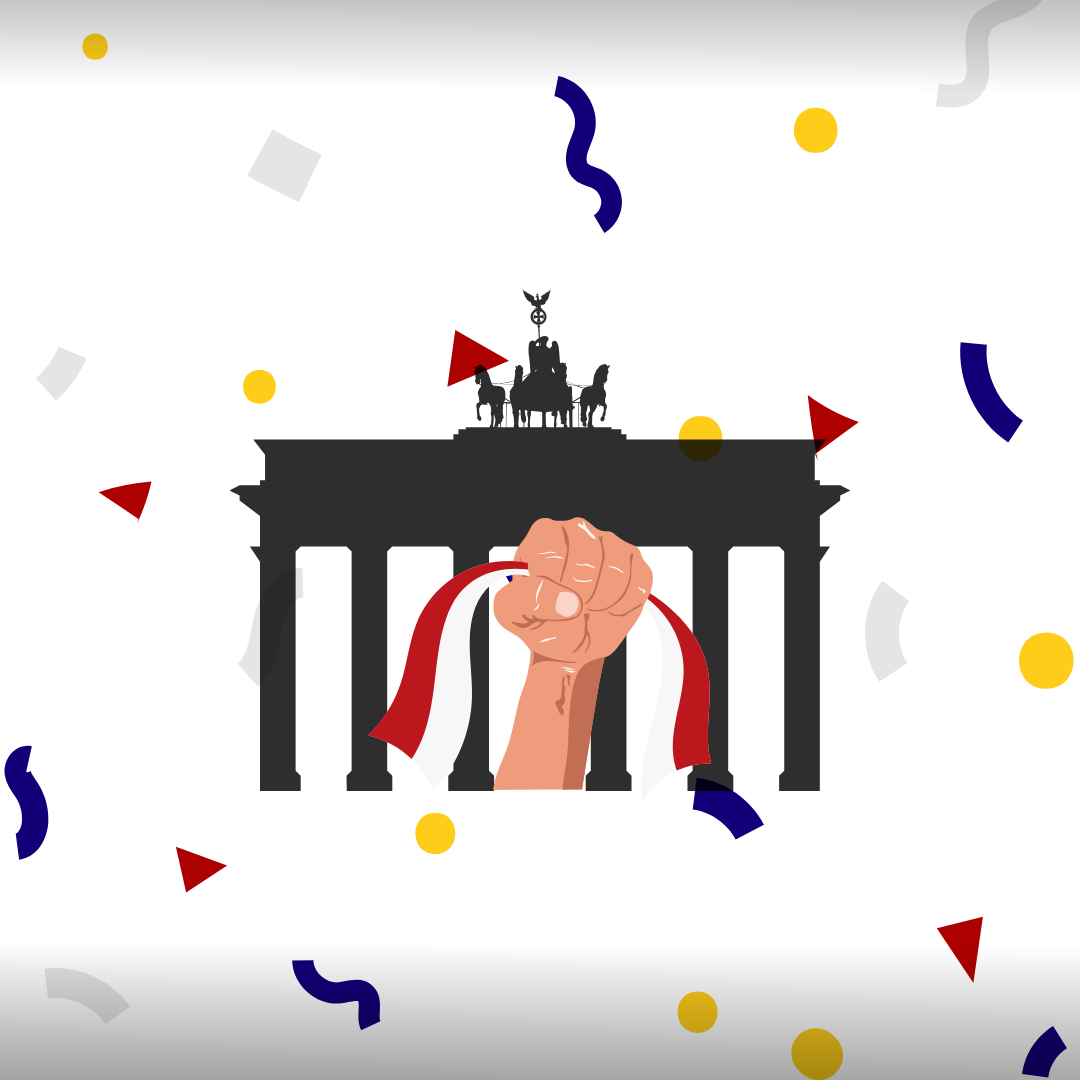
As time continued to pass by, the Cold War didn’t seem like it was going to end anytime soon with George Kennan’s plan of containment, or the restricting soviet expansion. Because the war had been going on for so long, United States President Richard Nixon decided to restore the relations the U.S. had with other communist countries, in hopes that would cause the war to terminate on peaceful terms. Nixon created diplomatic relations with Beijing and attempted to convince the United Nations to recognize the communist government that was created in China.
Nixon also signed the Strategic Arms Limitation Treaty with the Soviet Union, which prevented both sides from using nuclear weaponry during the war—resulting in the end of intense tension and threat of counties being blown up.
However, Nixon’s actions to dispel the war were ineffective, as when President Ronald Reagan came into office, the tensions quickly bounced back, merely because he believed that the rapid spread of communism could limit freedom anywhere. Because of this belief, Reagan supported and aided any anti-communist country by granting them money and military aid.
The most monumental action Reagan had, however, was his speech that urged the East to tear down the Berlin Wall at Brandenburg Gate in Berlin: “Mr. Gorbachev, tear down this wall.” In 1991, the Berlin Wall was torn down and the Soviet Union fell apart; meaning the Cold War was finally over.
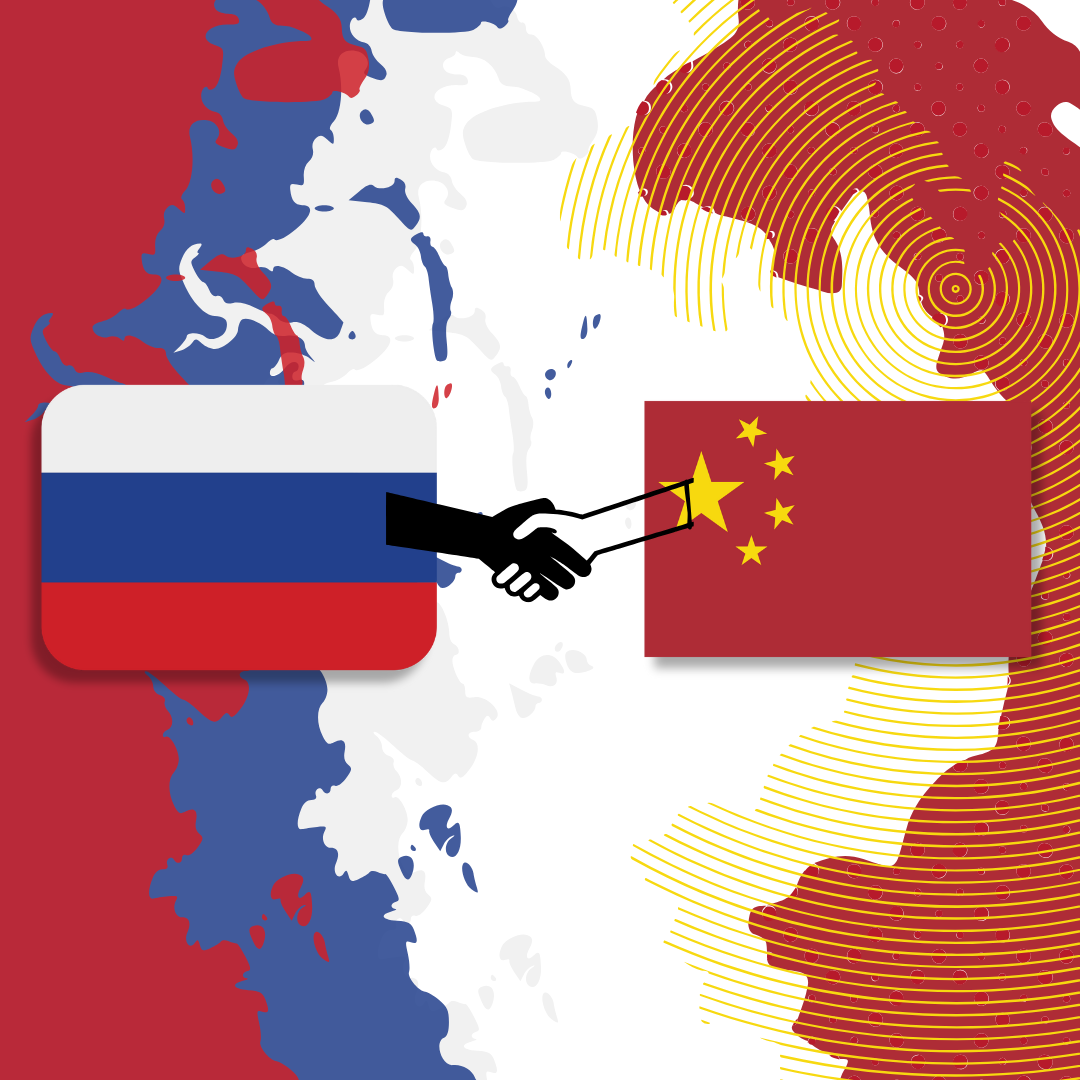
Today, there’s confusion debating whether or not the world is in a new Cold War. Yet, if the facts and history are observed, it’s as clear as day that the world is in a new Cold War.
The Cold War was a geopolitical battle between the United States and the Soviet Union. It was heavily focused on military rivalry instead of economic rivalry. Economically, the USSR would always be behind, causing a gap in technological progression expansion, which is what the US wanted: containment. The primary reason why the Cold War didn’t break out into an actual war was because of what happened to Nagasaki and Hiroshima at the end of World War II.
The atomic bomb, a horrifying piece of nuclear warfare, can cause a country to disappear within mere minutes. Nuclear weapons are a major threat to the survival of the entire world. If there was a third world war directly following the second, there’s no doubt about the use of nuclear weapons.
The atomic bombs that were dropped on Nagasaki and Hiroshima were the main reason why war never broke out; these countries saw the destruction that was caused by these bombs and realized another war would mean their termination.
Currently, one of the primary reasons for not getting involved in the Russian invasion of Ukraine is because of nuclear warfare. The U.S. is still following the policy of containment created by George Kennan, and now it’s too dangerous to attempt to prevent the expansion of Russia, due to their storage of nuclear weapons.
This is an interesting parallel because it directly shows the same relationship the U.S. and USSR had in the late 1940s. They were as hesitant to fight because of nuclear warfare as they are today.
As of right now, the main challenge of the 21st century that the U.S. faces is the possible re-alliance of Japan, Germany and a strong, power-hungry Russia. With the invasion of Ukraine by Russia, it sends a direct message to the rest of the world that Vladimir Putin, the President of Russia, is powerful and the complete opposite of afraid to regain the land the USSR lost as a result of the Cold War.
The countries that are a part of NATO realize that if Putin is given more land, it gives him more power. If he has more power, the concern of the alliance between Japan, Germany and Russia would be brought to reality.
Another interesting parallel about the current Cold War and the previous one in the late 1940s is how frightening it was to the U.S. and American citizens for communist countries to technologically advance.
During the Cold War, the Space Race took place during the years 1957 to 1969. This was another competitive battle between the USSR and U.S. to see which country could land a man on the moon before the other.
This race was extremely important to both nations as it would be the determining factor to see which country was more advanced than the other. Americans thought it was a scary event as the thought about the Soviets, a nation that has a communist society, beating the U.S., a nation using a capitalist system, was horrifying as it would show they were more technologically advanced than the U.S.. If they were more advanced, then the Soviets would have a better shot at winning the Cold War.
Today, a popular 21st-century worry is the new and technologically advanced China. China being technologically advanced as a communist country is scary to the U.S., and other capitalist countries, because it shows that communist countries that are supposed to be weaker are doing just as well or maybe even better than the capitalist countries. A technologically advanced China also means a new alliance between Russia and China.
On Feb. 4, the Putin-Xi Jinping statement was made: “The new inter-State relations between Russia and China are superior to political and military alliances of the Cold War era. Friendship between the two states had no limits, there are no ‘forbidden’ areas of cooperation…” According to this, the alliance between Russia and China is far greater than any previous Cold War alliance, which may cause a much different outcome in the present day Cold War.
Additionally, Xi and Putin developed and introduced the Brezhnev Doctrine, which restricts all dictatorships in the surrounding borders of China and Russia from freeing themselves or joining the democratic governments, ultimately making it much easier for Putin and Xi to take over other dictatorships and expand their countries even further.
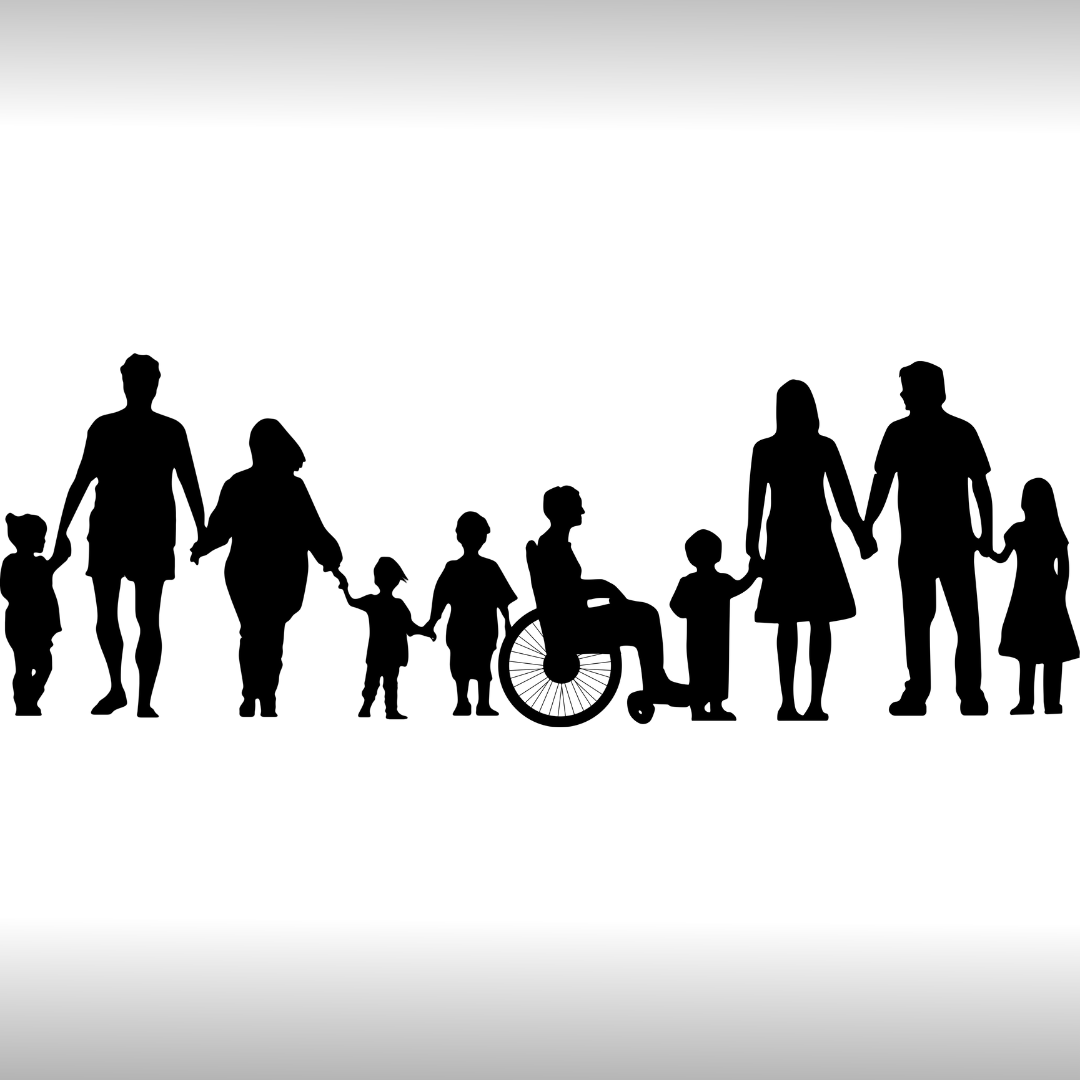
In all, there is most definitely a new Cold War occurring in the world.
With the Russian invasion of Ukraine, Putin-Xi Jinping statement, nuclear warfare tensions, Brezhnev Doctrine, technological race tensions and power-hungry dictators like Putin, it is almost undeniable that there is another geo-political standoff between the North Atlantic Treaty Organization, United Nations and Russia.
The many parallels between the first Cold War and the present day one society is currently experiencing today indicate that there is in fact a new Cold War.
However, with this Cold War, there comes the responsibility of containing the Russian expansion so the spread of communism doesn’t occur. It’s the duty of the people of the world to realize this new Cold War and take action to stop the Russian expansion. If it was accomplished before, it can be accomplished again.
Your donation will support the student journalists of Delaware Valley Regional High School. Your contribution will allow us to attend conventions, purchase equipment and cover our annual website hosting costs.



